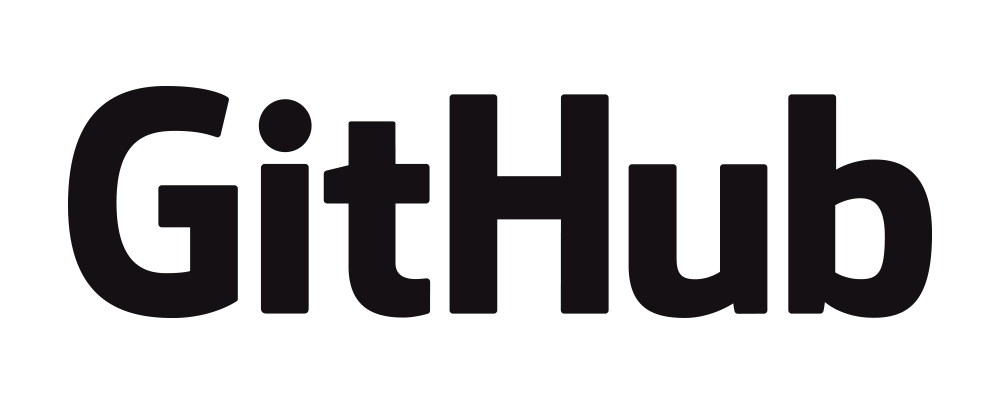General Gameplay Notation (GGN) Specification
- Version: 1.0.0
- Author: Sashité
- Published: March 8, 2014
- License: MIT License
Overview
General Gameplay Notation (GGN) is a rule-agnostic, JSON-based format for describing pseudo-legal moves in abstract strategy board games. GGN expresses whether a move is possible under basic movement constraints, while remaining completely silent about higher-level, game-specific legality questions (e.g., check, ko, repetition, castling paths) and mechanical execution details.
GGN serves as a pure movement possibility oracle: given a piece, source location, and destination location, it determines if the movement is feasible under specified pre-conditions.
Terminology
For complete definitions of terms used in this document, see the Glossary.
Dependencies
GGN builds upon four foundational Sashité specifications:
- CELL: Multi-dimensional coordinate encoding for board positions
- HAND: Reserve location notation using
"*"for off-board areas - QPI: Qualified Piece Identifier for unambiguous piece identification
- STN: State Transition Notation for representing position changes
These specifications define the building blocks that GGN uses for movement possibility definitions.
Core Philosophy
Movement Possibility Model
A single GGN entry answers the fundamental question:
Can this piece, currently at this location, reach that location?
It encodes:
- Which piece (via QPI format: style:piece)
- From where (source location using CELL coordinates or HAND “*”)
- To where (destination location using CELL coordinates or HAND “*”)
- Which pre-conditions must hold (
must) - Which pre-conditions must not hold (
deny) - What changes occur if the move is executed (
diff)
JSON Structure
{
"<Piece>": {
"<Source location>": {
"<Destination location>": [
{
"must": { "<location>": "<required state>", … },
"deny": { "<location>": "<forbidden state>", … },
"diff": { /* STN format */ }
}
]
}
}
}
Core Fields
| Field | Type | Required | Description |
|---|---|---|---|
| Piece | string | yes | Piece identifier in QPI format (style:piece) |
| Source location | string | yes | Origin location (CELL coordinate or HAND “*”) |
| Destination location | string | yes | Target location (CELL coordinate or HAND “*”) |
| must | object | yes | Pre-conditions that must be satisfied |
| deny | object | yes | Pre-conditions that must not be satisfied |
| diff | object | yes | State transition in STN format |
Location Constraints
- Source location: CELL coordinate or “*” (piece from hand/reserve)
- Destination location: CELL coordinate or “*” (piece to hand/reserve)
- Restriction: Source and destination cannot be identical
HAND Integration: The "*" notation follows the HAND specification for representing reserve/off-board locations, enabling representation of piece placement and capture mechanics.
Piece Identification
- Format: Must conform to QPI specification (
<style>:<piece>) - Examples:
"C:K","c:p","S:+P","x:c" - Consistency: Must be consistent within a single GGN document
Pre-Conditions and State Changes System
Logical Semantics
- must: All conditions must be satisfied (logical AND)
- deny: Move forbidden if any condition is satisfied (logical OR)
- diff: State transition that occurs when the move is executed (STN format)
- Consistency: Same state cannot appear in both
mustanddenyfor the same location
State Transition Integration
The diff field uses State Transition Notation (STN) format to describe the complete state change that results from executing the move. This enables GGN to specify not only the conditions for move validity but also the mechanical outcome of the move execution.
Location States
| State | Meaning |
|---|---|
"empty" |
Location must be empty |
"enemy" |
Location must contain an opposing piece |
| Piece | Location must contain exactly the specified piece |
Implicit States (via deny)
| Expression | Implicit Meaning |
|---|---|
"deny": { "a1": "empty" } |
Location must be occupied (by any piece) |
"deny": { "a1": "enemy" } |
Location must contain a friendly piece |
Constraint Examples
| Desired Condition | GGN Expression |
|---|---|
| Location must be empty | "must": { "a1": "empty" } |
| Location must contain enemy | "must": { "a1": "enemy" } |
| Location must contain ally | "deny": { "a1": "enemy" } |
| Location must be occupied | "deny": { "a1": "empty" } |
| Location must contain specific piece | "must": { "a1": "CHESS:K" } |
| Location must not contain specific piece | "deny": { "a1": "CHESS:K" } |
JSON Schema
Schema URL: https://sashite.dev/schemas/ggn/1.0.0/schema.json
The JSON Schema provides structural validation for GGN format compliance, ensuring proper movement possibility structure with valid pre-conditions.
Examples
See GGN Examples for practical implementation guidance.
Reference Implementations
Ruby
- GGN.rb – Ruby implementation providing parsing and validation capabilities for GGN documents. Enables pure movement possibility queries with FEEN integration and PMN coordination.

